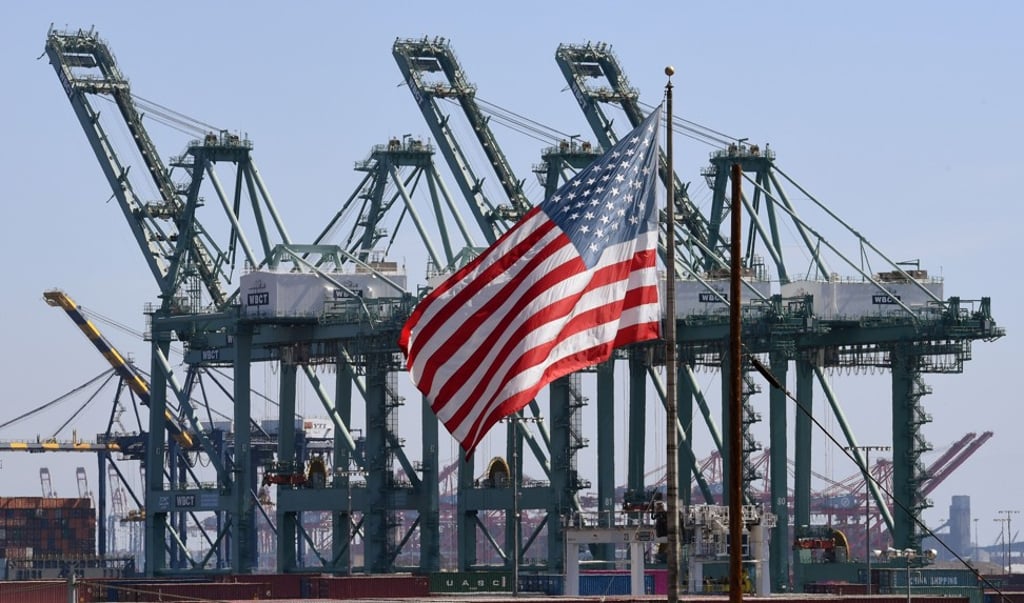China and Canada fall away as Mexico becomes the US’ biggest trading partner
- Mexico is benefiting from ongoing US-China trade war, after overtaking Canada and China to become the US’ biggest trading partner in January and February
- This is despite Donald Trump trying to force through a replacement for the North American Free Trade Agreement

In the trade war with the United States, China’s loss is Mexico’s gain.
This shows that while US President Donald Trump has stood firm on stopping Mexican immigrants on the US’ southern border, he has not been able to stop the flow of Mexican goods, which are partially filling the gap left by Chinese goods affected by the trade dispute.
The news comes despite the fact that Trump has been trying to force a revised deal through Congress to replace the 1994 North American Free Trade Agreement, covering the trilateral trade bloc of Canada, United States, and Mexico.

The US had US$102.5 billion in goods trade with Mexico in the first two months of the year. In second place was Canada at US$97.5 billion and then China at US$96.7 billion, according to seasonally adjusted data from the US Census Bureau. Mexico had been in third place, behind Canada and China.